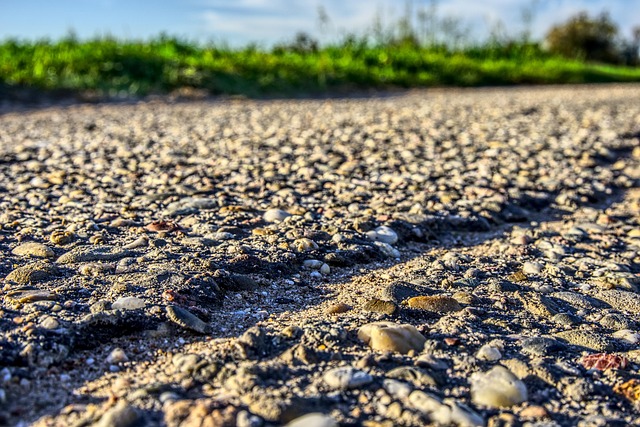Understanding Traffic Problems in a Changing Climate
The hum of engines idling at a red light can tell a story of more than just impatient commuters—it reflects how our environment reshapes the everyday challenges of mobility. In recent years, extreme weather events—raging storms, flash floods, sweltering heatwaves—have become alarmingly common. These phenomena don’t just threaten homes and livelihoods; they directly disrupt our routes to work, school, and essential services, turning routine drives into daunting ordeals.
The Rising Tide of Flooded Roadways
When a sudden downpour transforms streets into canals, drivers face the unsettling choice between seeking alternate paths or risking waterlogged engines. Even well-prepared cities struggle to keep storm drains clear, and the result is minutes—or hours—lost to detours that snake through less familiar neighborhoods. The frustration builds as GPS recalculates repeatedly, offering little solace when every option leads to congestion.
Heatwaves and Infrastructure Strain
Merciless summer temperatures warp asphalt, causing unexpected potholes and buckles in pavement. These dangers force slower speeds and unexpected lane closures, intensifying traffic problems along major thoroughfares. The shimmering horizon of a city under a heat dome isn’t just an optical illusion—it’s a reminder that climate change can physically undermine the roads beneath our tires.
Storm Disruptions and Unpredictable Delays
- Downed power lines: Fallen trees and high winds can knock out signals, leaving intersections dark and drivers to navigate confusion.
- Bridge closures: High water levels or structural inspections keep critical links offline, funneling everyone onto the same secondary roads.
- Public transit delays: Subway tunnels can flood and tracks buckle, sending more commuters onto already overcrowded buses and roads.
Building Resilience on Every Route
Addressing these challenges requires more than just salt trucks and sandbags. Urban planners are rethinking street design to integrate green infrastructure—bioswales, permeable pavements, and expanded tree coverage—to absorb stormwater and reduce heat stress. At the same time, smart traffic management systems use real-time data to reroute vehicles around trouble spots, mitigating gridlock before it spirals out of control.
For drivers, staying informed is key. Weather apps and community alert networks help anticipate floods or high-wind advisories, allowing you to plan alternative departure times or routes. Carpooling and telecommuting also reduce the number of vehicles on vulnerable roads, easing congestion and cutting emissions in the process.
As our planet warms and weather extremes intensify, the intersection of climate change and daily commutes becomes impossible to ignore. By embracing innovative solutions and nurturing community awareness, we can navigate these shifting conditions with greater confidence—and reclaim our journeys from the chaos of extreme weather.




